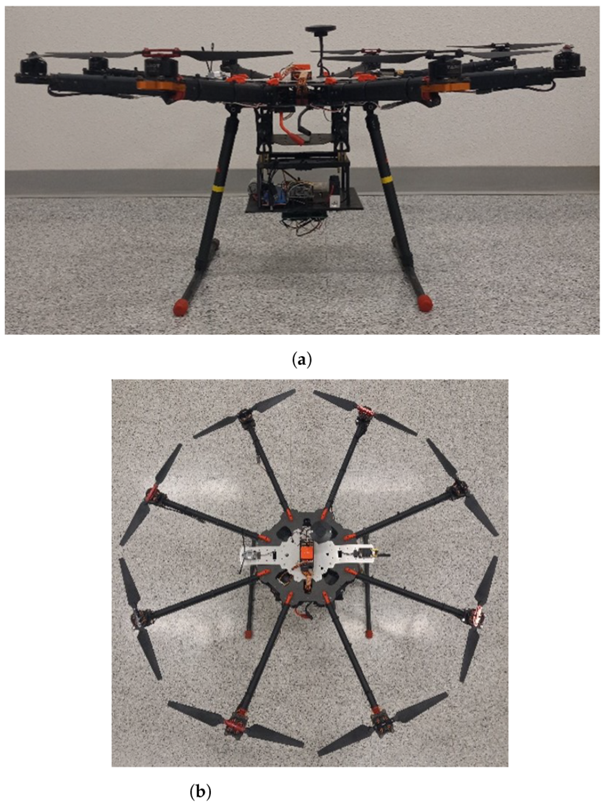- Monitoring for forest fires now relies heavily on technology in California, where more than a thousand IoT cameras have been deployed.
- A major limitation of these devices is that they can only detect fires that have already progressed beyond the initial ignition stage.
- An unmanned aerial vehicle (UAV) designed by the University of California, Davis (UC Davis), can analyse air quality to detect imminent fires before they generate any visible smoke.
California is the US state that pays the heaviest price for forest fires. The year 2020 was a record year, with no fewer than 8,648 events and more than 1.7 million hectares devastated by the flames. With the aim of preventing this destruction, fire detection in the Golden State is increasingly technology driven: human lookouts posted in towers are gradually being replaced by networks of sensors, observation satellites and cameras (more than a thousand), along with the latest AlertCalifornia collaborative online monitoring platform, which relaunched in 2023. In this context, a team of four researchers in mechanical and aerospace engineering and computer science at the University of California, Davis (UC Davis), is also developing a novel, complementary solution based on UAVs that conduct chemical analyses of the air. At the heart of their project is a 3.7-kilogram octocopter drone, which was presented in a March 2023 publication in the journal Sensors.

(a) front view and (b) top view of octocopter UAV platform equipped with air quality sensor package and Volatile Organic Compounds (VOC) air sampler
One of our hypotheses is that wildfire smoke can be detected much earlier when it is not yet visible
Sensors for humidity, temperature, and wind speed
The mobility provided by drones offers many advantages. At the same time, the approach adopted by the research team aims to overcome a drawback of cameras, which are only able to detect visible smoke which is generated when a fire has already taken hold. « One of our hypotheses is that different kinds of smoke can be detected much earlier when they are invisible rather than visible,” explains Zhaodan Kong. “And we are now working on testing and hopefully confirming this.” The first element in the project’s distributed fire-detection system is a ground-based network of sensors that record data on temperatures, humidity, and wind speed. “They were developed for the US National Park Service,” explains their designer Anthony Wexler, who is also the director of the UC Davis Air-Quality Research Centre. “We were already analysing the composition of PM2.5 particles in all US parks, forests and other federal and state lands and we wanted to collect additional meteorological data to help interpret and make use of this particle chemistry data.” These IoT devices have now been installed at 165 sites. When they register very hot and dry weather combined with strong winds, conditions that often lead to outbreaks of fire, a drone can be sent to inspect the locations concerned.
As many as 30 chemical compounds and substances
The drone deployed was originally developed as a mobile platform for the measurement of air quality. In June and October 2022, it was tested on smoke from four prescribed burning operations (fires started and controlled by the authorities for prevention purposes). Along with cameras and a GPS, it also has a payload of test tubes for the collection of what are known as volatile organic compounds (VOCs), airborne pollutants generated by human activities or released by natural disasters.
Up to 30 of these compounds can be collected and analysed in this way. “Not all the chemicals and VOCs are indicative of fires,” points out Zhaodan Kong. “Something we are still trying to figure out is what the list should be. CO2, CO, PMs, black carbon are good candidates.”
On board chemical analyses in real time
Equipment on board the drone can analyse levels of CO2 and fine particles in real time. However, as it stands, volatile organic compounds must be brought back to a laboratory for further examination. Software and hardware improvements are being developed so that all the samples that it captures can be stored, and fully processed on future versions of the unmanned aerial vehicle (UAV).
Despite its complexity, the new system does not offer a perfect solution. “We will need a suite of different systems, including satellites, manned aircraft, UAVs, ground IoT sensors, and towers in order to solve the problem of early wildfire detection and monitoring. Our system fills some of the existing gaps, but it won’t be able to provide the complete solution, particularly at a state or national scale. But I do think these fire lookouts will eventually be uncrewed.”









